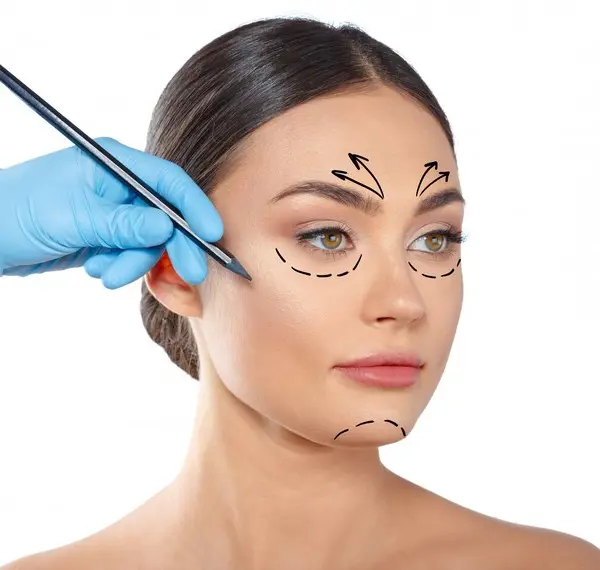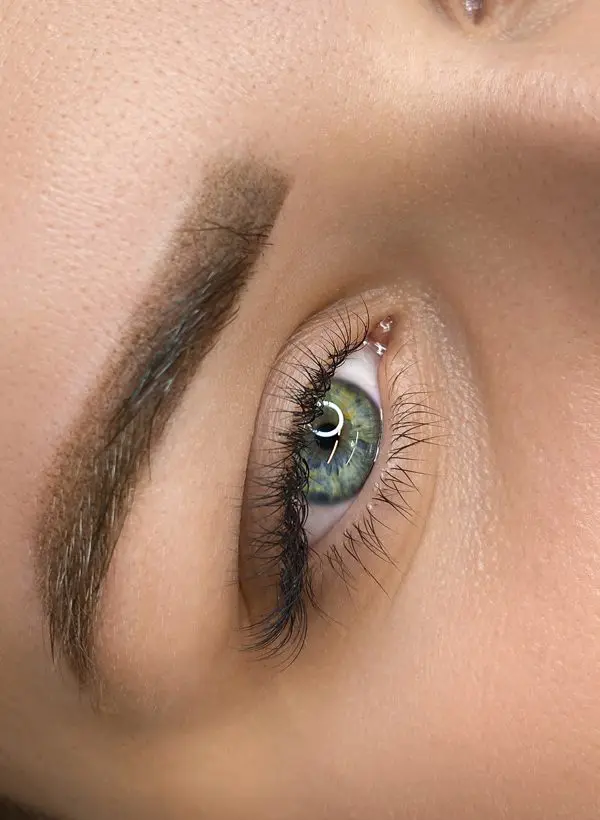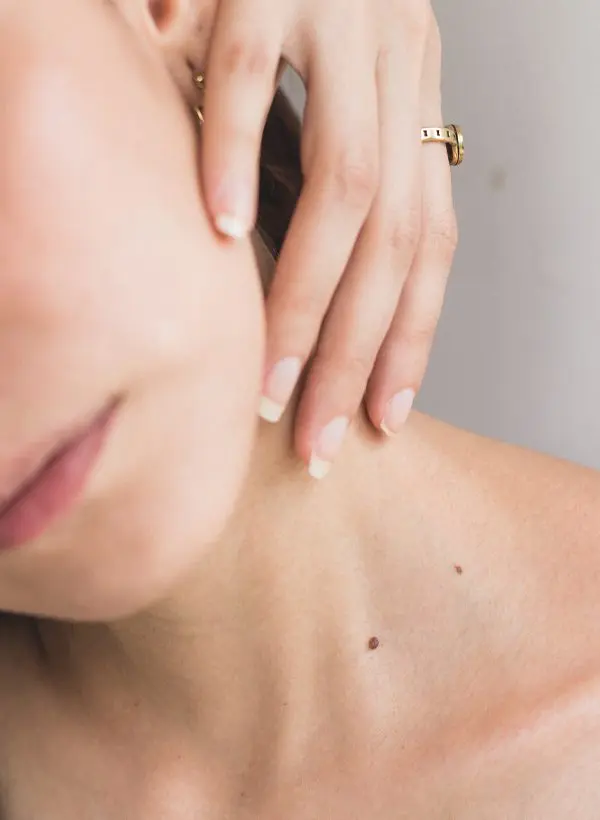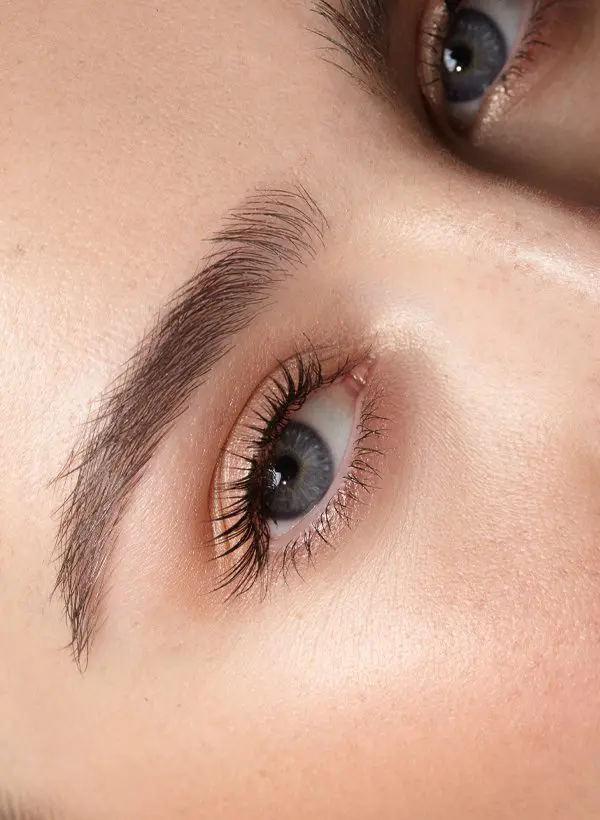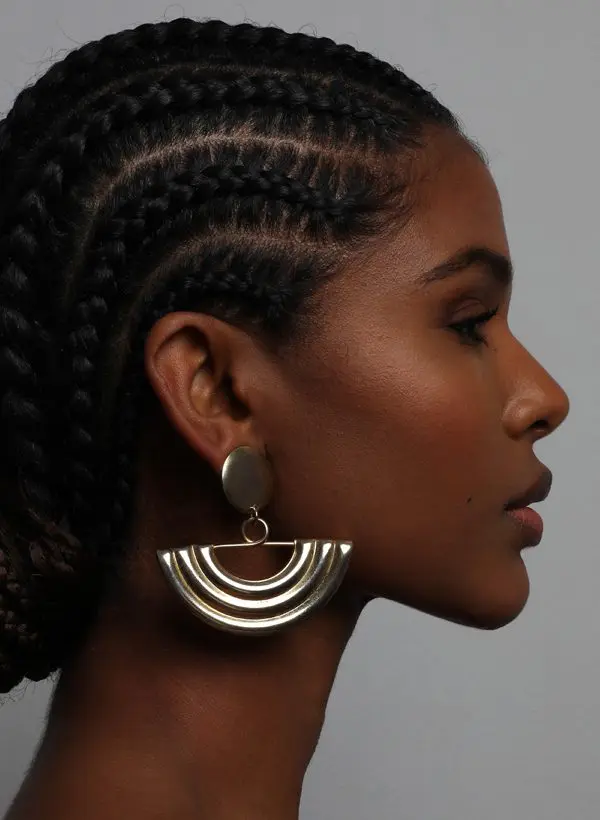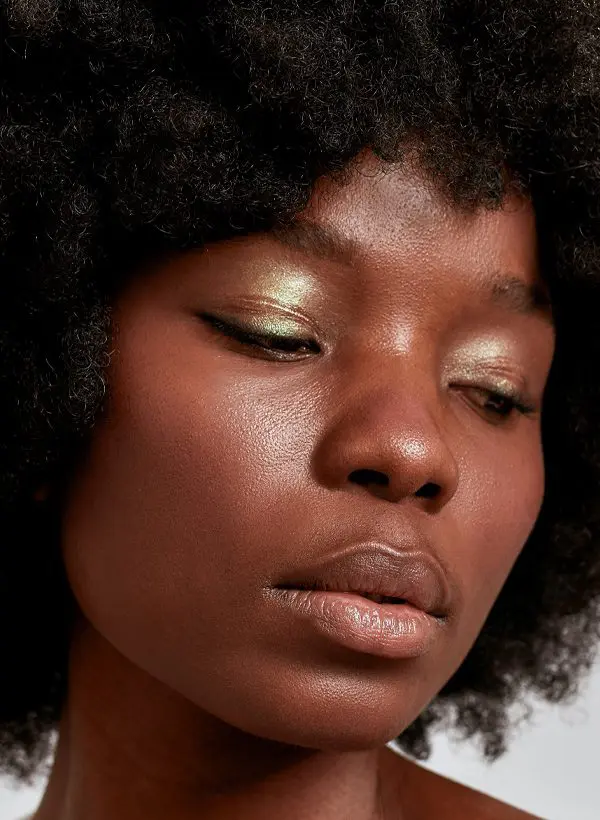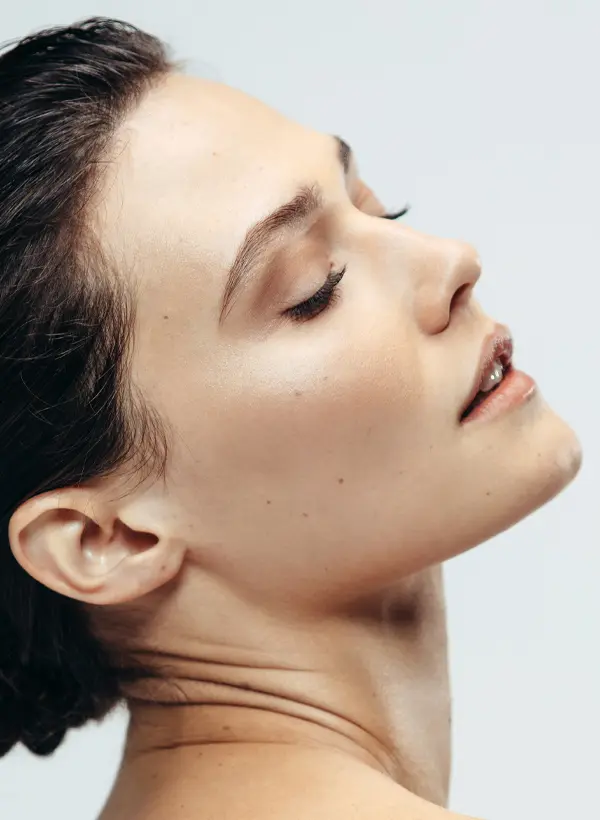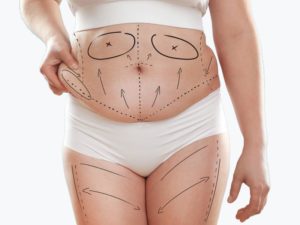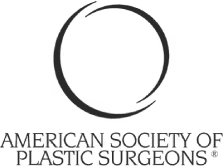Treatments — Face
Upper Eyelid Blepharoplasty
Upper eyelid blepharoplasty in Dubai is a cosmetic surgery procedure used to improve the appearance of the upper eyelids. It is typically done to reduce sagging skin, wrinkles, and puffiness, which can help make a person look more alert and youthful. The surgery is typically done on an outpatient basis and requires a skilled plastic surgeon to ensure the best results.

Overview
Achieving a well-refreshed face is a common aesthetic goal for the majority of individuals seeking to enhance their overall appearance and boost self-confidence. A harmoniously sculpted facial contour not only contributes to a youthful and vibrant look but also reflects one’s inner vitality and health.
When considering upper eyelid blepharoplasty surgery, it is important to find a qualified plastic surgeon with extensive experience in this procedure. Look for a surgeon who is board certified and has a good reputation in the field. Make sure to ask your surgeon about the risks and benefits associated with the surgery, and make sure you feel comfortable with their approach to the procedure. Make sure the surgeon is willing to answer all of your questions and provide you with the information you need to make an informed decision. It is also important to make sure the surgeon is up to date with the latest techniques and technologies. Finally, ask to see be fore and after photos of their work to make sure you’re comfortable with the results they have achieved.
Upper eyelid blepharoplasty is a cosmetic surgery procedure used to improve the appearance of the upper eyelids. It is typically done to reduce sagging skin, wrinkles, and puffiness, which can help make a person look more alert and youthful. The procedure is typically done on an outpatient basis and requires a skilled plastic surgeon to ensure the best results.
Before the Procedure
Before the procedure, the plastic surgeon will examine the patient’s eyes and discuss the desired outcome. The surgeon will explain the procedure in detail, as well as potential risks and complications. The patient will also have an opportunity to ask questions and should feel comfortable discussing any concerns they have. The surgeon may also take photographs of the patient’s eyes to use as a comparison after the procedure. Additionally, the patient may need to stop taking certain medications prior to the procedure and may need to avoid drinking alcohol for a few days before the procedure.
The Procedure
During the procedure, the patient will be given an aesthesia to make sure they are comfortable. The surgeon will then make incisions along the upper eyelid crease. Depending on the patient’s desired outcome, the surgeon may remove excess skin, fat, or muscle from the upper eyelid. The incisions will be closed with sutures, and the patient will then be bandaged.
Recovery
After the procedure, the patient will need to keep their head elevated and avoid strenuous activities. The patient may experience swelling and bruising around the eyes, which should go aw ay within a few days. The patient should also keep the area clean and may need to apply ointment over the sutures. The sutures will typically be removed within a week.
Risks
Though upper eyelid blepharoplasty is generally considered a safe procedure, there are some risks associated with it. These risks include infection, scarring, dry eyes, and changes in vision. Additionally, the patient may experience a loss of sensation in the eyelids, which may be temporary or permanent.
Results
The results of upper eyelid blepharoplasty are typically noticeable right away. The patient should see an improvement in their appearance, with a more alert and youthful look to the eyes. The results of the procedure can last for several years, though the patient should take care to protect their eyes from sun exposure and other environmental factors.
Conclusion
Upper eyelid blepharoplasty is a cosmetic surgery procedure used to improve the appearance of the upper eyelids. The procedure can help reduce sagging skin, wrinkles, and puffiness, giving the patient a more alert and youthful look. The procedure is typically done on an outpatient basis and requires a skilled plastic surgeon to ensure the best results. Though there are some risks associated with the procedure, it is generally considered safe and the results can last for several years.
Facelift Condition
- Tired Eyes
- Facial Ageing
- Facial Volume Loss
- Wide / Square Jaw
- Gummy Smile
- Chin Augmentation
- Jawline Rejuvenation
- Jowls
- Teeth Grinding
- Eye Bags
- Drooping Brow
- Drooping Eyelids
- Double Chin
- Nasolabial Folds
- Premature Ageing
- Wrinkles
- Crows Feet
- Frown Lines
- Forehead Lines
- Drooping Mouth / Marionette Lines
- Thin Lips
- Gaunt Cheeks
- Prominent Ears
- Sagging Neck
- Turkey Neck
FAQ's
Upper eyelid blepharoplasty is a cosmetic surgery procedure used to improve the appearance of the upper eyelids, while lower eyelid blepharoplasty is a procedure used to improve the appearance of the lower eyelids. Upper eyelid blepharoplasty typically involves making incisions along the upper eyelid crease and removing excess skin, fat, or muscle from the upper eyelid, while lower eyelid blepharoplasty typically involves making incisions along the lower eyelid and removing excess fat from the lower eyelid.
Upper eyelid blepharoplasty typically takes 1-2 hours to complete.
The recovery period for upper eyelid blepharoplasty typically lasts 1-2 weeks. The patient should keep their head elevated and avoid strenuous activities during this time.
The possible side effects of upper eyelid blepharoplasty include infection, scarring, dry eyes, changes in vision, and a loss of sensation in the eyelids.
The results of upper eyelid blepharoplasty can typically last for several years. However, the patient should take care to protect their eyes from sun exposure and other environmental factors.
At a Glance
At a Glance
Duration
1 Hours
Anaesthetic
Local
Overnight Stay
0 Days
Return to work
5 Days
Return to exercise
4 Weeks
Final result
3 Months

Related Treatments
Patient Testimonials
News & Resources

How to Get a Flat Stomach with Abdominoplasty Surgery?
Abdominoplasty How to Get a Flat Stomach with Abdominoplasty Surgery? Wondering how to get a flat stomach when diet and exercise aren’t enough? A flat, toned stomach is a common aesthetic goal, yet it is often challenging to achieve. Well, abdominoplasty might be the solution! Even with consistent exercise and
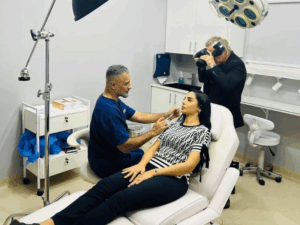
Top treatments at Dr Faisal Salim’s anti aging skin clinic
Anti Aging skin clinic Top Treatments at Dr Faisal Salim’s Anti Aging Skin Clinic As we journey through life, our skin, the body’s largest organ, gracefully (or sometimes not so gracefully) reflects the passage of time. Skin aging is often marked by the appearance of fine lines, wrinkles, volume loss,

Wrinkles on face? Signs you may need a facelift
Facelift Wrinkles on face? Signs you may need a facelift Wrinkles on Face? Signs You May Need a Facelift Wrinkles on the face are one of the earliest and most visible signs of aging. Whether they appear as fine lines, deep creases, or folds, they often lead individuals to explore
